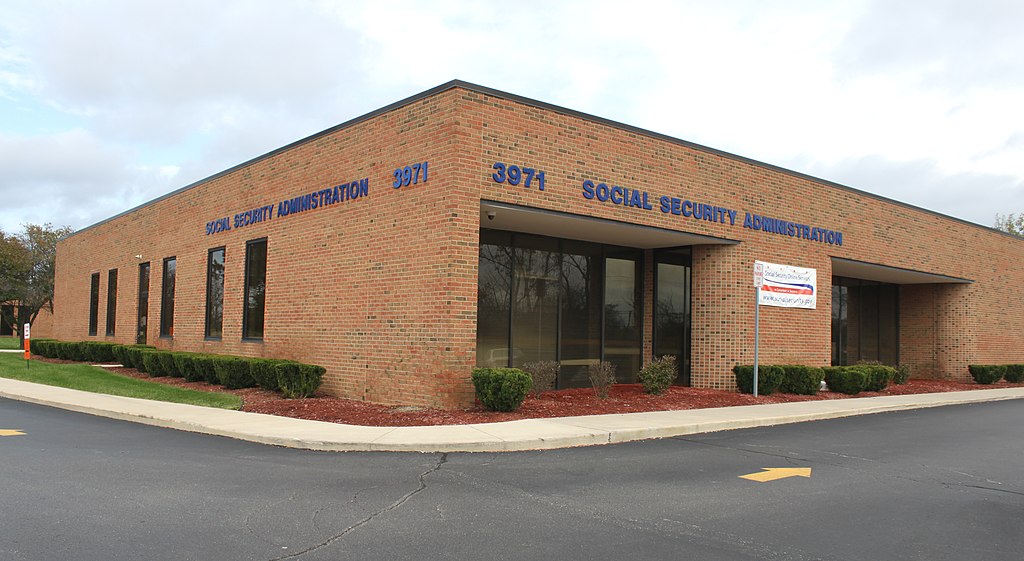The age when Americans can collect full Social Security benefits is changing. For anyone born in 1960 or later, the full retirement age will be 67 years old. This marks the final step in a gradual increase that started decades ago.
When Social Security began in 1935, workers could receive full benefits at age 65. This stayed the same until 1983, when Congress passed changes to address the program’s financial problems. Back then, Americans were living much longer than when Social Security started – life expectancy had increased from 61 years in 1935 to 74 years in 1983.
The retirement age didn’t jump overnight. It rose slowly, two months at a time. People who turned 65 in 1990 were the last group with a full retirement age of exactly 65. Between 1996 and 2007, the full retirement age was 66. After that, it continued climbing until reaching 67 for those born in 1960 or later.
Roosevelt biographer Kenneth S. Davis called Social Security “the most important single piece of social legislation in the entirety of American history.” The program was created during the Great Depression to help older Americans avoid poverty.
How Claiming Age Affects Your Money
You have options about when to start taking Social Security, but each choice comes with financial trade-offs:
If you claim early at age 62, your monthly check will be 30% smaller than if you waited until full retirement age. For example, if your full benefit would be $1,800 per month, claiming at 62 reduces it to $1,260.
At age 65, you’d receive about 87% of the full amount – around $1,560 monthly.
Waiting until full retirement age (67) gets you the complete $1,800 benefit.
Delaying beyond full retirement age increases your payment by 8% each year until age 70. By waiting until 70, your monthly check could grow to $2,323 – about 24% more than at full retirement age. Benefits stop increasing after 70.
Similar Posts
Future Funding Concerns
Social Security faces financial challenges ahead. The 2025 Social Security Board of Trustees Report shows the retirement trust fund will run low by 2033, with all trust funds potentially running short by 2034.
This doesn’t mean Social Security will disappear. But without changes from Congress, benefits would drop to about 77% of what was promised. People would still receive payments, just smaller ones.
The Congressional Budget Office estimates that individuals affected by the retirement age increase could lose around $420,000 in lifetime benefits.
Yearly Benefit Increases Continue
Social Security benefits still receive yearly cost-of-living adjustments (COLAs) to help keep up with rising prices. The 2025 increase was 2.5%, and predictions for 2026 range from 2.5% to 2.7%.
These increases are calculated using the Consumer Price Index for Urban Wage Earners and Clerical Workers. Some senior groups worry this method doesn’t accurately reflect the higher costs many older Americans face for healthcare and housing.

Planning Ahead
Financial experts suggest several ways to bridge the gap if you want to retire before reaching full retirement age:
Look for part-time jobs with health benefits. Some retailers offer medical coverage for employees working just 20-28 hours each week.
Save 18-24 months of living expenses in a high-yield savings account before retiring.
Consider renting out a spare room or driveway parking space for extra income.
Understanding these Social Security changes is crucial for making smart retirement decisions. The choices you make about when to claim benefits will affect your financial security for the rest of your life.


















